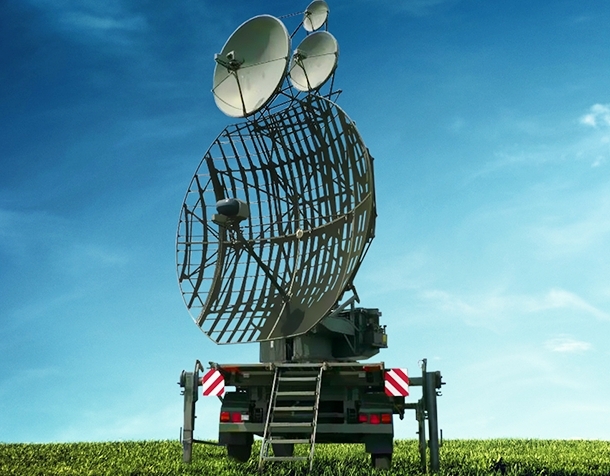

Radar Signal Identification, Detection and Direction Finding Station (SCL-RSDID) has been designed for automatic detection, monitoring, identification, direction finding of the signals in the frequency band of 0.8 -12 GHz. The SCL-RSDID is used for strategic reconnaissance, monitoring and tracking of ground and naval radar targets.
The SCL-RSDID is capable of identifying various types of radar signals including constant and agile PRI, pulse Doppler signals, chirp or phase modulated signals and CW signals with or without modulation. The system is also capable of detecting Low Probability of Intercept (LPI) signals which are being introduced in modern combat systems. The SCL-RSDID is equipped with high sensitivity receivers, which enable it to use the feature of tropospheric propagation of signals for long distances which are beyond radio horizon due to the phenomenon of tropospheric scattering to provide effective surveillance and direction finding capability up to 700 Km
The SCL-RSDID can be effectively used for detection of air surveillance radars, air defense radars, artillery radars, ground based CW emitters, naval radars, different types of pulse emitters or communication and control systems
• Designed for strategic reconnaissance, monitoring and tracking of ground and naval radar targets.
• Operates in completely passive mode in the frequency band of 0.8 to 12 GHz.
• Permits an automatic detection and monitoring, identification, direction finding and complex analysis of all types of radar signals.
• High sensitivity of the system permits reception of the signal reflected from the troposphere.
• Working range up to a distance of 700 Km with 360o coverage.
• Detailed analysis of the received signal enables to get full information about the direction and type of the tracked target and mode of its operation.
• Accurate fingerprinting of radar signal is possible.
• A paired system of two receivers located at a certain distance can determine the location or change in position of the tracked targets.
